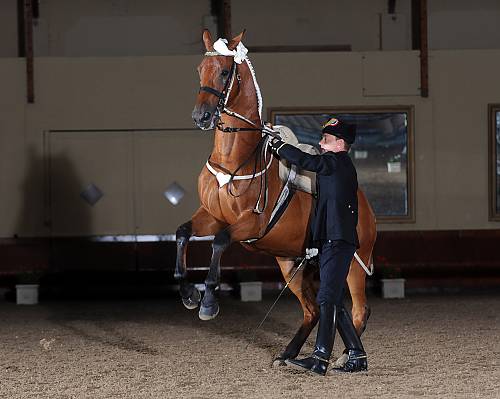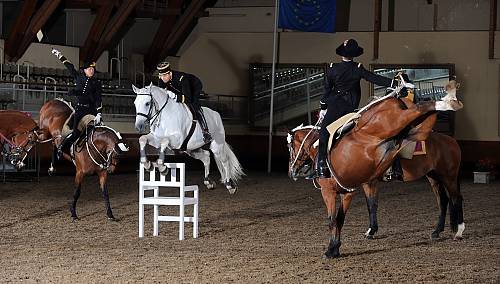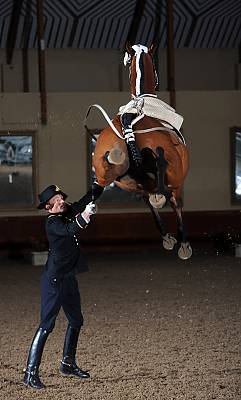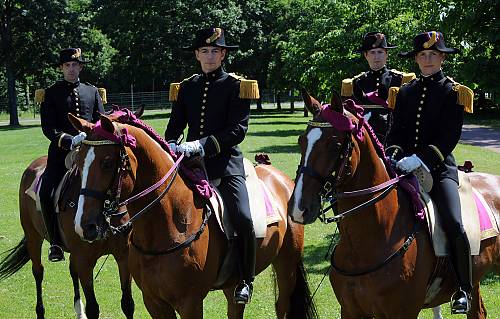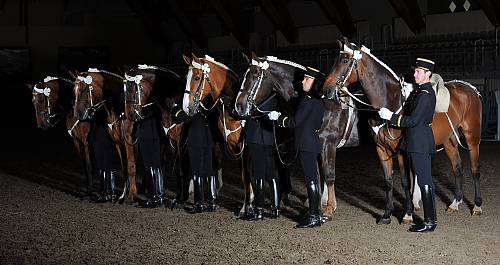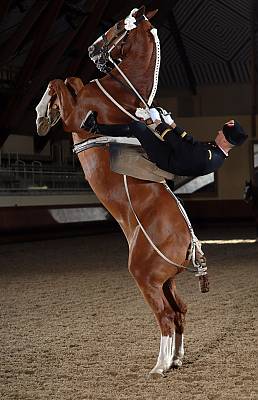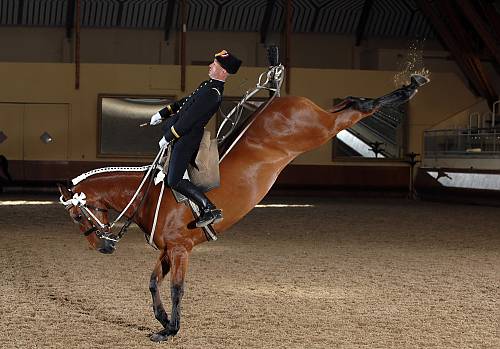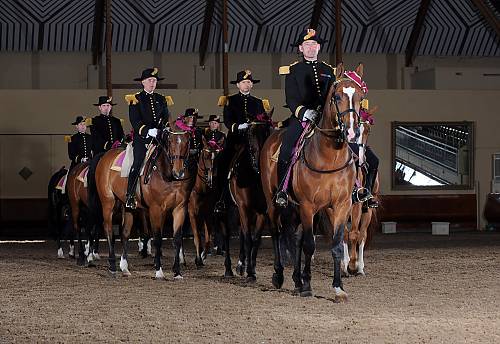Equitation in the French tradition
Inscribed in 2011 (6.COM) on the Representative List of the Intangible Cultural Heritage of Humanity

Equitation in the French tradition is a school of horseback riding that emphasizes harmonious relations between humans and horses. The fundamental horse-training principles and processes are guided by non-violence and lack of constraint, blending human demands with respect for the horse’s body and mood. Knowledge of the animal itself (physiology, psychology, anatomy) and human nature (emotions and the body) , are complemented by a horseman’s state of mind that combines skill and respect for the horse. Fluidity of movements and flexibility of joints ensure that the horse participates in the exercises without coercion. Although practised throughout France and elsewhere, the most widely known community is the Cadre Noir of Saumur, based at the National School of Equitation. The common denominator among riders is the desire to establish close relations with the horse, build mutual respect and work towards achieving ‘lightness’. Cooperation between generations is strong, with respect for the experience of older riders, galvanized by the enthusiasm of younger riders. The Saumur region is also home to instructors, horse breeders, craftspeople (saddlers, boot-makers), veterinary services and blacksmiths. Frequent public displays and galas hosted by the Cadre Noir of Saumur help to sustain the visibility of equitation in the French tradition.

